Christopher White
Organ localisation using supervised and semi supervised approaches combining reinforcement learning with imitation learning
Dec 06, 2021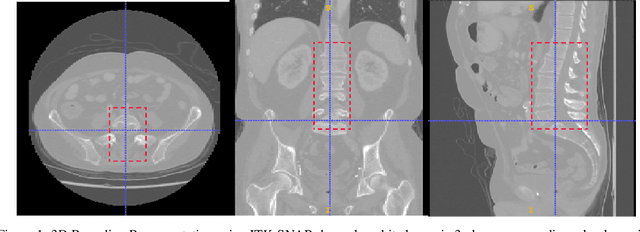
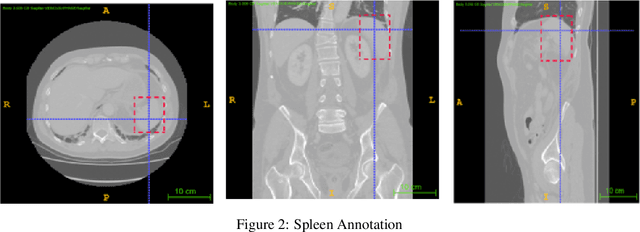

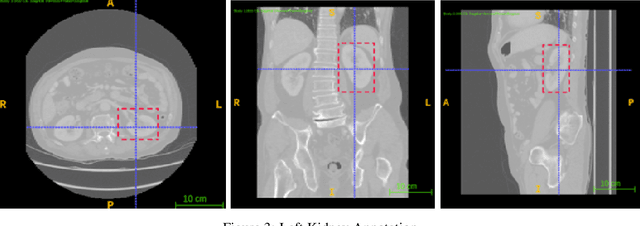
Abstract:Computer aided diagnostics often requires analysis of a region of interest (ROI) within a radiology scan, and the ROI may be an organ or a suborgan. Although deep learning algorithms have the ability to outperform other methods, they rely on the availability of a large amount of annotated data. Motivated by the need to address this limitation, an approach to localisation and detection of multiple organs based on supervised and semi-supervised learning is presented here. It draws upon previous work by the authors on localising the thoracic and lumbar spine region in CT images. The method generates six bounding boxes of organs of interest, which are then fused to a single bounding box. The results of experiments on localisation of the Spleen, Left and Right Kidneys in CT Images using supervised and semi supervised learning (SSL) demonstrate the ability to address data limitations with a much smaller data set and fewer annotations, compared to other state-of-the-art methods. The SSL performance was evaluated using three different mixes of labelled and unlabelled data (i.e.30:70,35:65,40:60) for each of lumbar spine, spleen left and right kidneys respectively. The results indicate that SSL provides a workable alternative especially in medical imaging where it is difficult to obtain annotated data.
Dynamic Silos: Modularity in intra-organizational communication networks during the Covid-19 pandemic
May 01, 2021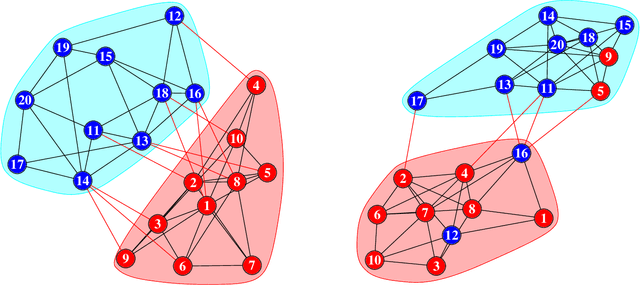

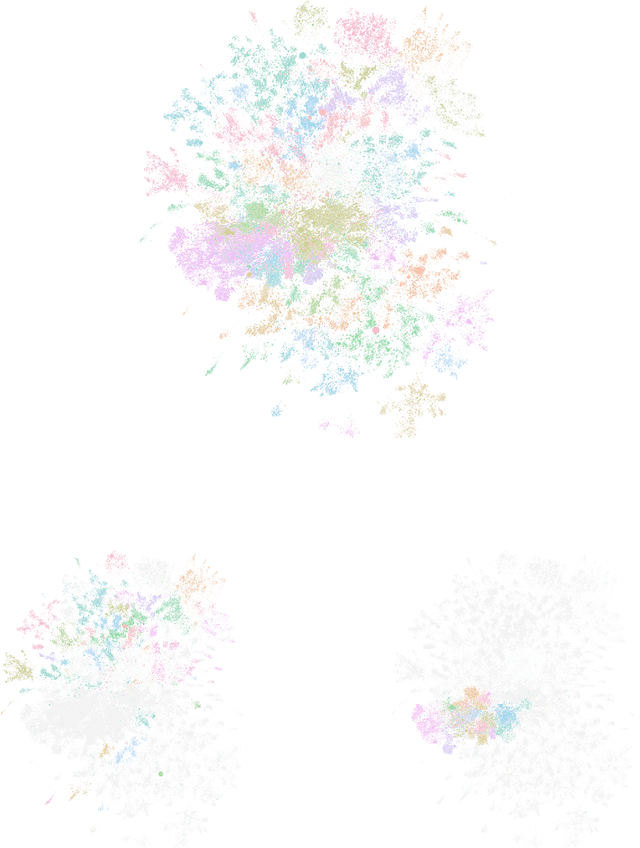
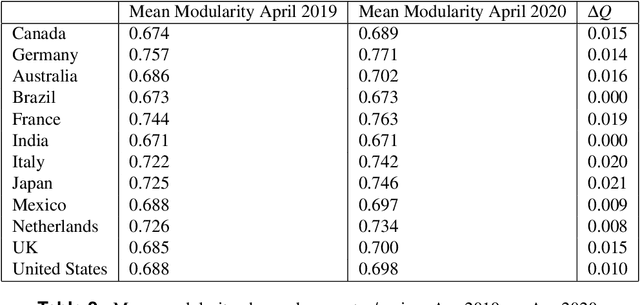
Abstract:Workplace communications around the world were drastically altered by Covid-19, work-from-home orders, and the rise of remote work. We analyze aggregated, anonymized metadata from over 360 billion emails within over 4000 organizations worldwide to examine changes in network community structures from 2019 through 2020. We find that, during 2020, organizations around the world became more siloed, evidenced by increased modularity. This shift was concurrent with decreased stability, indicating that organizational siloes had less stable membership. We provide initial insights into the implications of these network changes -- which we term dynamic silos -- for organizational performance and innovation.
Learning without gradient descent encoded by the dynamics of a neurobiological model
Mar 23, 2021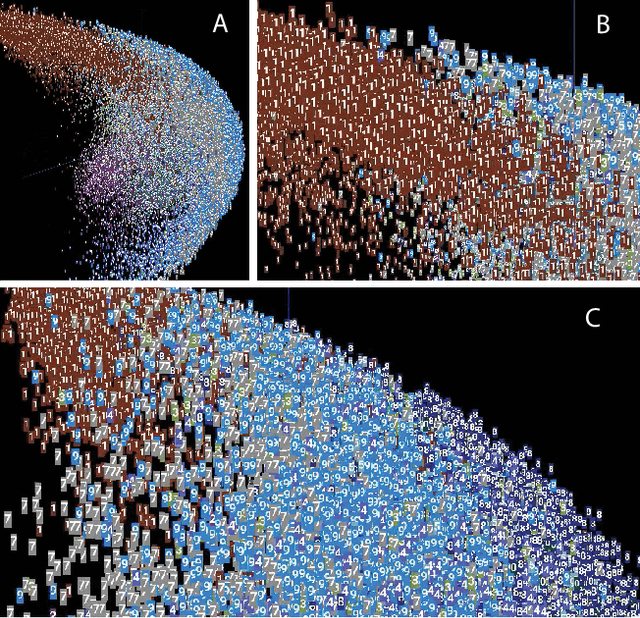
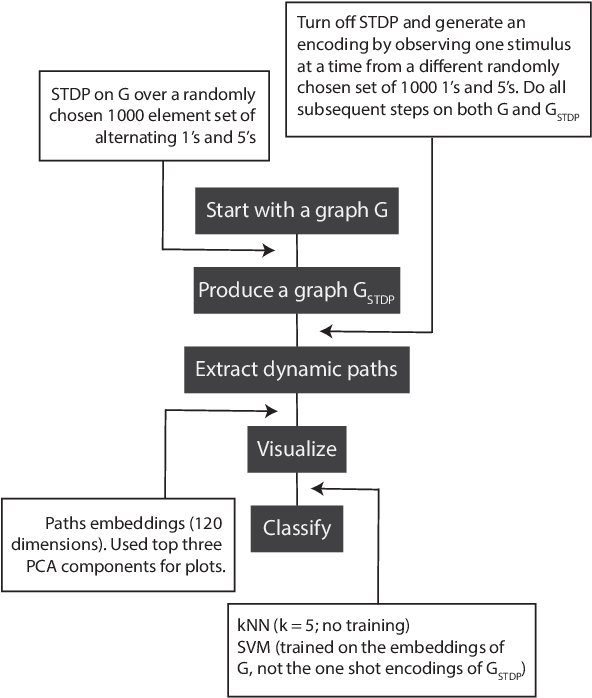
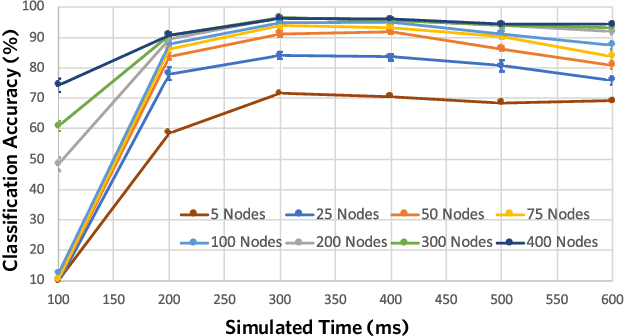
Abstract:The success of state-of-the-art machine learning is essentially all based on different variations of gradient descent algorithms that minimize some version of a cost or loss function. A fundamental limitation, however, is the need to train these systems in either supervised or unsupervised ways by exposing them to typically large numbers of training examples. Here, we introduce a fundamentally novel conceptual approach to machine learning that takes advantage of a neurobiologically derived model of dynamic signaling, constrained by the geometric structure of a network. We show that MNIST images can be uniquely encoded and classified by the dynamics of geometric networks with nearly state-of-the-art accuracy in an unsupervised way, and without the need for any training.
Inducing a hierarchy for multi-class classification problems
Feb 20, 2021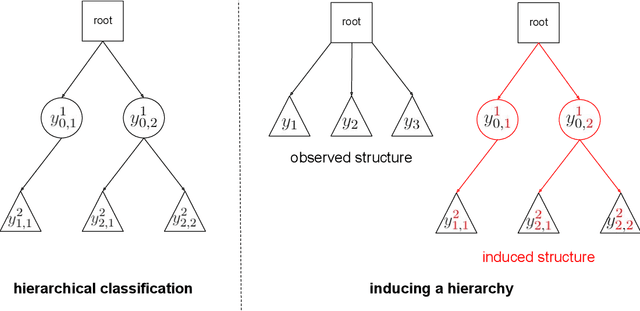


Abstract:In applications where categorical labels follow a natural hierarchy, classification methods that exploit the label structure often outperform those that do not. Un-fortunately, the majority of classification datasets do not come pre-equipped with a hierarchical structure and classical flat classifiers must be employed. In this paper, we investigate a class of methods that induce a hierarchy that can similarly improve classification performance over flat classifiers. The class of methods follows the structure of first clustering the conditional distributions and subsequently using a hierarchical classifier with the induced hierarchy. We demonstrate the effectiveness of the class of methods both for discovering a latent hierarchy and for improving accuracy in principled simulation settings and three real data applications.
Vertex Nomination, Consistent Estimation, and Adversarial Modification
May 15, 2019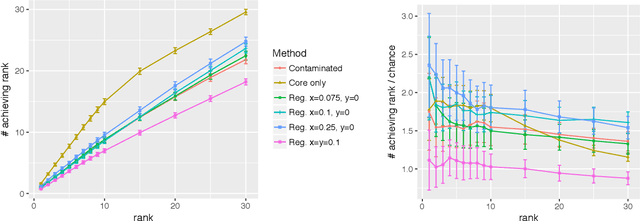

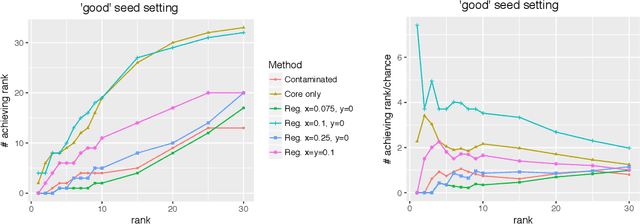
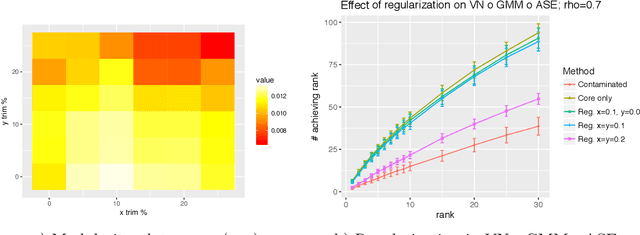
Abstract:Given a pair of graphs $G_1$ and $G_2$ and a vertex set of interest in $G_1$, the vertex nomination problem seeks to find the corresponding vertices of interest in $G_2$ (if they exist) and produce a rank list of the vertices in $G_2$, with the corresponding vertices of interest in $G_2$ concentrating, ideally, at the top of the rank list. In this paper we study the effect of an adversarial contamination model on the performance of a spectral graph embedding-based vertex nomination scheme. In both real and simulated examples, we demonstrate that this vertex nomination scheme performs effectively in the uncontaminated setting; adversarial network contamination adversely impacts the performance of our VN scheme; and network regularization successfully mitigates the impact of the contamination. In addition to furthering the theoretic basis of consistency in vertex nomination, the adversarial noise model posited herein is grounded in theoretical developments that allow us to frame the role of an adversary in terms of maximal vertex nomination consistency classes.
 Add to Chrome
Add to Chrome Add to Firefox
Add to Firefox Add to Edge
Add to Edge